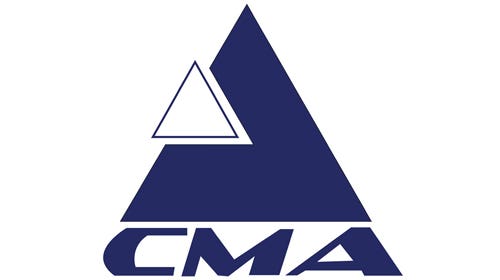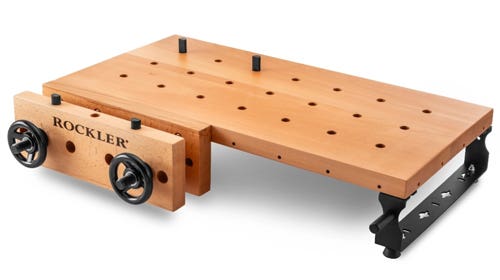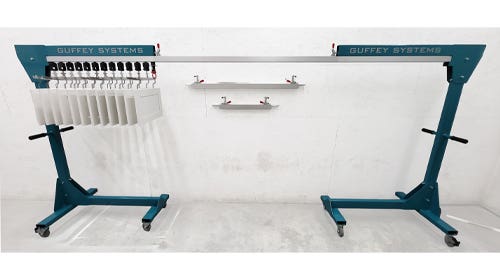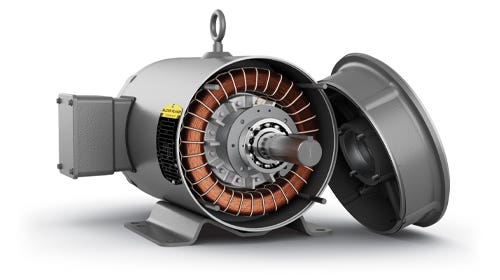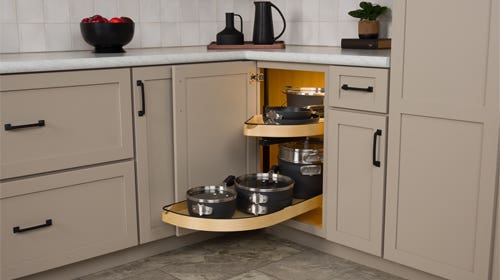African mahogany sees steady movement
There’s little debate amongst hardwood dealers that African variations are moving the mahogany market as the supply of South American mahogany, a staple of cabinetmaking for most of the last…
There’s little debate amongst hardwood dealers that African variations are moving the mahogany market as the supply of South American mahogany, a staple of cabinetmaking for most of the last century, has dwindled because of trade restrictions and sustainability issues.
Hugh Reitz, of the UCS Forest Group import lumber program, says sales of African mahogany (Khaya spp.) and sapele (Entrandrophragma cylindricum) have prevailed over genuine or Honduras mahogany (Swietenia macrophylla).
“African mahogany is definitely one of our top three movers as far as import species go and we are seeing good movement. The supply situation is good, which is a change from several years past. Costs have come down some and a lot of that is due to the exchange rate, the strong U.S. dollar as well as increase production of the sawmills in Africa,” Reitz says.
He notes that markets in China and Europe have slowed down, which makes more supply for the U.S. When it comes to preferences of African mahogany versus sapele, it depends on the intended project or job. Visually, sapele has a darker, more homogeneous look that lends more to modern designs, whereas African mahogany offers a more traditional look. Reitz compares the choice to red or white oak.
“Where we’re seeing African mahogany used is more in the high-end residential segment, where they want the traditional rich look of mahogany. One particular market we’re seeing a lot of demand for African mahogany is Hawaii. They just like the traditional mahogany look where more commercial or modern or retail-type environment tends to like the sapele more,” Reitz says.
“There’s not much demand for the genuine anymore,” says Rory Wood of Rare Woods USA, a retailer in Mexico, Maine. “That’s been changed totally to African mahogany, of which there are about eight different types. Genuine mahogany is running at about 10 percent of what it used to do and that has all been taken up by African mahogany, which is very popular, and also by sapele. Sapele is not a true mahogany, but people often call it mahogany. It has the reddish tones. Massive amounts of both are being imported into the U.S.
“The African often comes with an FAC certificate and is from sustainable sources and doesn’t get caught up in customs. That’s why the world has changed toward it. It just works really well. You can get long lengths and wide widths so from a contractor’s point of view, it’s an easy wood to work with.”
This article originally appeared in the October 2015 issue.


